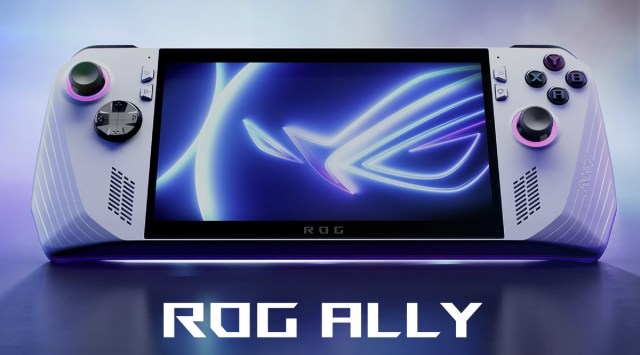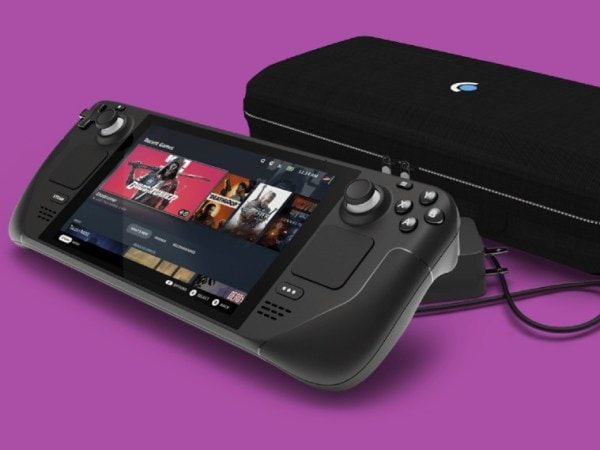Asus ROG Ally vs Steam Deck: Which handheld should you get?
If you are in the market for a handheld gaming console capable of running modern AAA titles, then, the Asus ROG Ally and the Steam Deck are possibly the best options in the market.
 The base model of the ROG Ally will go on sale at a later date (Image credit: Asus)
The base model of the ROG Ally will go on sale at a later date (Image credit: Asus) Asus has officially announced the price of its first handheld gaming console, the ROG Ally. In the US, the base model of the ROG Ally with AMD Z1 costs $600 (approximately Rs 49,320) and offers 12 GB RAM and 256 GB storage. Similarly, the more powerful variant with the AMD Z1 Extreme chip paired with 16 GB RAM and 512 GB of internal storage costs $700 or approximately Rs 57,540.
The 256 GB variant of the Steam Deck by Valve is priced at $529, which is slightly cheaper than the ROG Ally and the base variant of the same just costs $399 and it comes with a slower 64 GB eMMC storage. If you are in the market for a handheld gaming console capable of running modern AAA titles, then, these are possibly the best options in the market.
Here is a comprehensive comparison between the new Asus ROG Ally and the Steam Deck.
ROG Ally has a faster and higher-resolution display
The slightly more expensive Asus ROG Ally definitely has its advantages, and the display is one such aspect. While the Steam Deck has a 7-inch HD or 800p display, the ROG Ally also has a 7-inch screen featuring FHD or 1080p resolution. Not just in terms of resolution, the ROG Ally has a 120Hz refresh rate, which is twice that of the Steam Deck, which offers a 60Hz refresh rate. Overall, when it comes to display, the ROG Ally definitely has an edge over Valve’s offering.
 Steam Deck has two large trackpads (Image credit: Steam)
Steam Deck has two large trackpads (Image credit: Steam)
Design and form factor
Despite both being 7-inch gaming consoles, the Steam Deck has a slightly larger footprint. The ROG Ally comes with a dual-tone finish, while the Steam Deck features a matte black body. Both consoles feature a 40Wh battery with support for fast charging, and the battery life depends on the individual use case.
ROG Ally is also more powerful
The ROG Ally is the most capable handheld, powered by the AMD Z1 chip with a 6-core CPU based on Zen4 architecture and a GPU based on RDNA 3 architecture with 12 compute units. The Steam Deck, on the other hand, has a slightly dated AMD APU with a quad-core CPU based on Zen 2 architecture and an RDNA 2 GPU with 8 compute units.
Hence, in terms of both CPU and GPU performance, the ROG Ally is ahead of the competition. Despite carrying a more powerful APU, due to the architectural changes, the ROG Ally is said to be both powerful and energy efficient. Both consoles have a maximum APU power rating of 15W. Not just that, the ROG Ally even supports an external GPU (ROG XG Mobile), which will further boost the performance when required.
ROG Ally is more of a PC, Steam Deck is more of a console
While both consoles can run PC games, the Steam Deck is based on Steam OS, a software optimized primarily for gaming. Similarly, the ROG Ally runs Windows 11, making it a full-fledged PC. Hence, both gaming consoles offer a different user experience. When it comes to gamepad controls, the Steam Deck has a slight edge with its additional assignable grip buttons and two pressure-sensitive trackpads.







